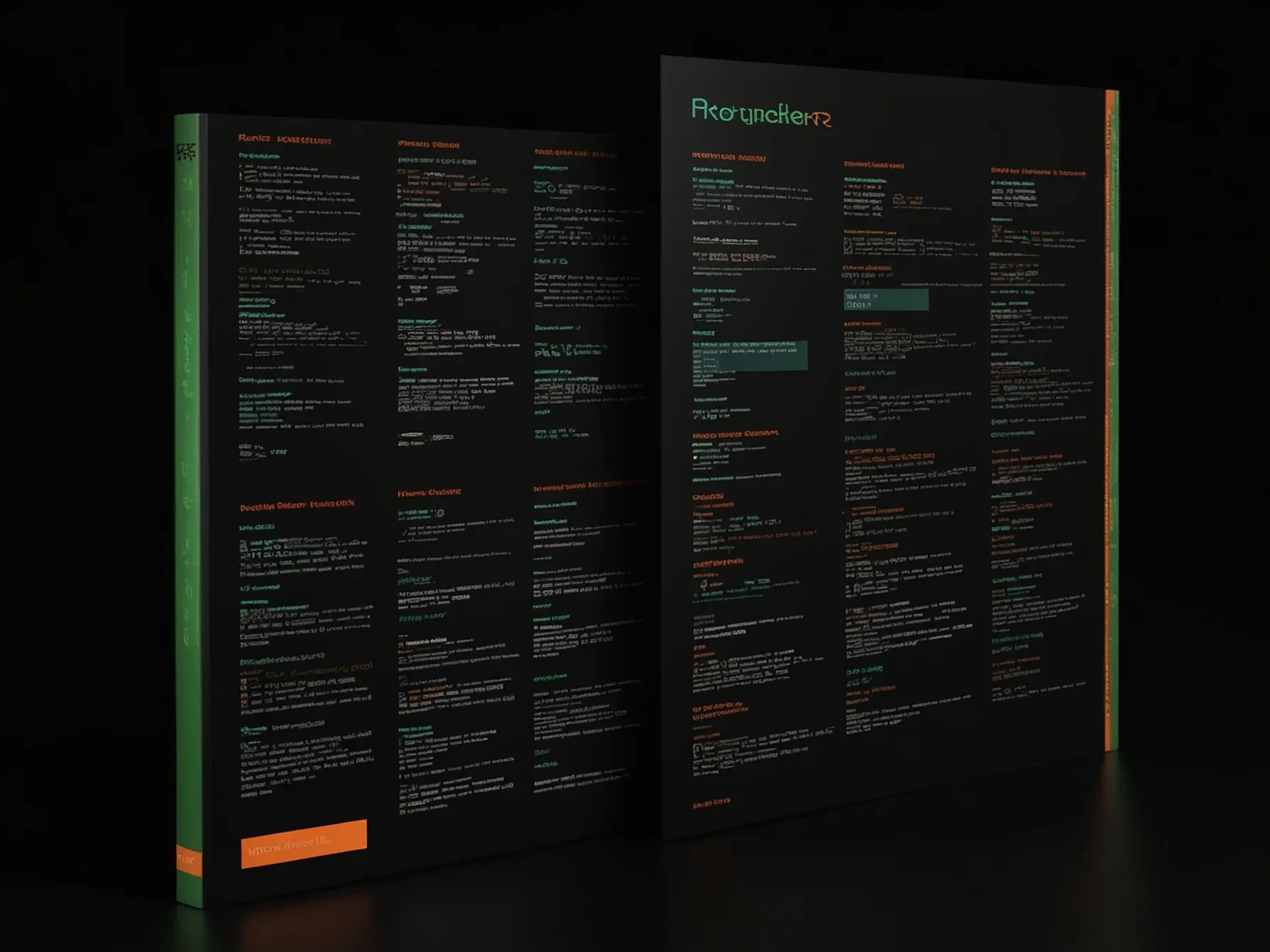
Python Data Science Handbook Offers Free Practical Exercises for Data Scientists
Why do free resources still matter to data scientists in 2025? Because the skill set they promise isn’t just theory—it’s a toolbox you can open tonight. While many “must‑read” lists flaunt glossy covers, the real value lies in exercises that mirror the messiness of production pipelines.
The Python Data Science Handbook, for instance, drops you straight into the kind of hands‑on work that most textbooks skim over. It walks you through cleaning a jagged CSV, visualizing trends with Matplotlib, and building a predictive model on a public dataset—all without a paywall. Here’s the thing: the book doesn’t linger on abstract concepts; it pushes you to manipulate real‑world data, test assumptions, and iterate on results.
That practical focus is why it keeps showing up on every free‑book roundup. Below, the description zeroes in on exactly what you’ll get: exercises, datasets, and applied analysis techniques that let you practice Python the way professionals do.
- Practical Applications (Python exercises, real‑world datasets, applied data analysis techniques). Python Data Science Handbook
- Practical Applications (Python exercises, real-world datasets, applied data analysis techniques). Python Data Science Handbook The Python Data Science Handbook is all about using Python for real-world data science tasks. First, it shows you how to explore and deal with data, then you move into making charts and graphs, and finally, it covers modeling.
You will use IPython or Jupyter and libraries like NumPy for arrays, Pandas for tables, Matplotlib for charts, and Scikit-Learn for modeling. There are numerous examples so you can try out concepts as you learn. It is a practical guide if you already know some Python and want to improve at analyzing, visualizing, and modeling data.
Is a free, hands‑on guide enough to bridge the gap between theory and practice? The Python Data Science Handbook promises exactly that, offering Python exercises, real‑world datasets, and applied analysis techniques without cost. It starts with data exploration, then walks readers through cleaning, transformation, and modeling steps, all within a single notebook‑style narrative.
For newcomers who feel overwhelmed by the sheer number of tools—Python, R, SQL, statistics—the book narrows the focus to practical implementation. Yet the excerpt stops short of detailing coverage depth; it’s unclear how far the exercises extend into advanced algorithms or statistical reasoning. The broader list of five free titles suggests the handbook is one piece of a larger, curated toolkit for aspiring data scientists.
In practice, the value will depend on how well the exercises align with the reader’s specific projects and whether the real‑world datasets reflect current industry challenges. Until users test the material in their own workflows, the handbook remains a promising, but not definitively comprehensive, resource for skill development.
Further Reading
- Python Data Science Handbook: Essential Tools for Working with Data - CLCoding
- Python Data Science Handbook: full text in Jupyter Notebooks - GitHub
- Python Data Science Handbook - Jake VanderPlas (GitHub Pages)
- 10 Free Must-Read Books for Python Programming and Data Science - Statology
- How to learn Python for Data Science in 2025 - Comprehensive Guide - GetSuper.ai
Common Questions Answered
What types of hands‑on tasks does the Python Data Science Handbook provide for free?
The handbook offers practical Python exercises that cover cleaning jagged CSV files, visualizing trends with Matplotlib, and building models using Scikit‑Learn. All tasks are presented in notebook‑style narratives that can be run in IPython or Jupyter without any cost.
Which Python libraries are highlighted in the handbook for data exploration and modeling?
The book focuses on core data‑science libraries such as NumPy for array manipulation, Pandas for tabular data handling, Matplotlib for charting, and Scikit‑Learn for building predictive models. These libraries are demonstrated through real‑world datasets to illustrate applied analysis techniques.
How does the handbook help newcomers navigate the overwhelming number of data‑science tools?
By narrowing the focus to Python and its ecosystem, the handbook walks readers through a sequential workflow: data exploration, cleaning, transformation, and modeling. This step‑by‑step approach reduces confusion and provides a clear, hands‑on pathway for beginners.
Why are free resources like the Python Data Science Handbook still valuable to data scientists in 2025?
Free resources remain crucial because they deliver practical, production‑level exercises that textbooks often omit, allowing scientists to build a usable toolbox instantly. The handbook’s real‑world datasets and applied techniques bridge the gap between theory and practice without any financial barrier.




